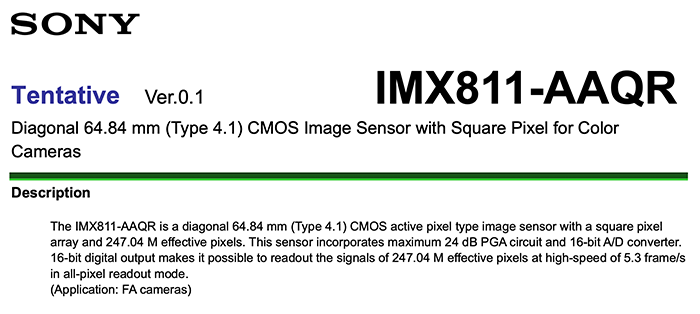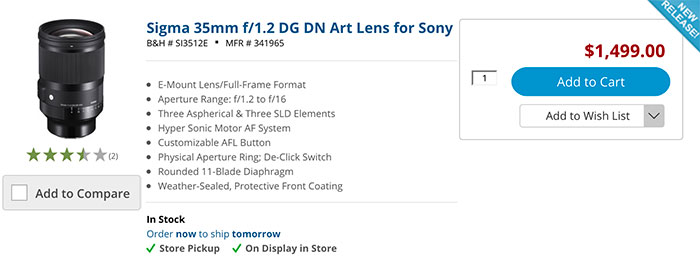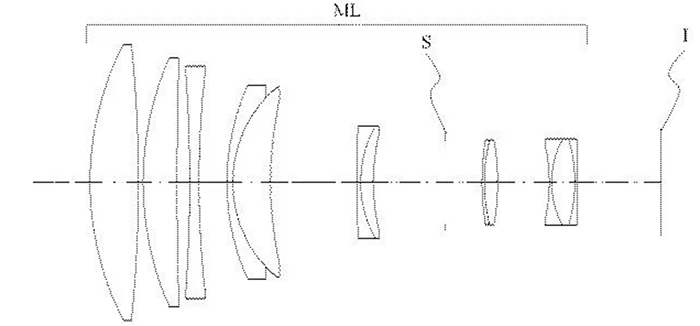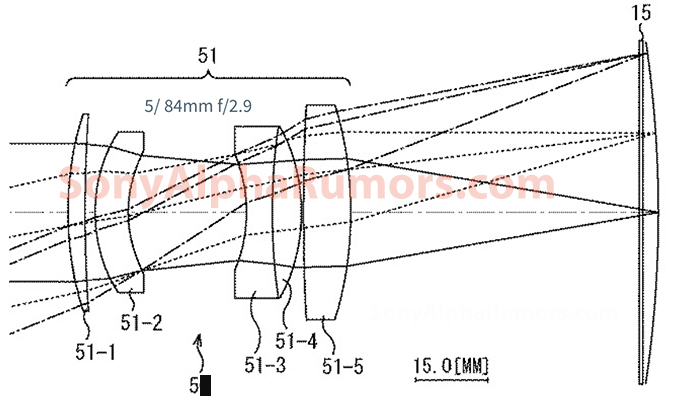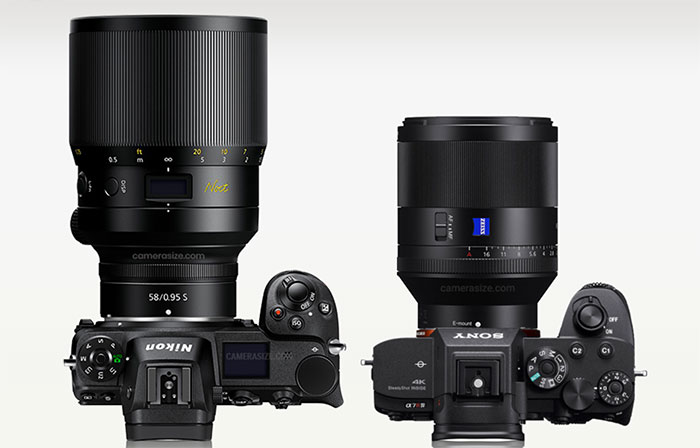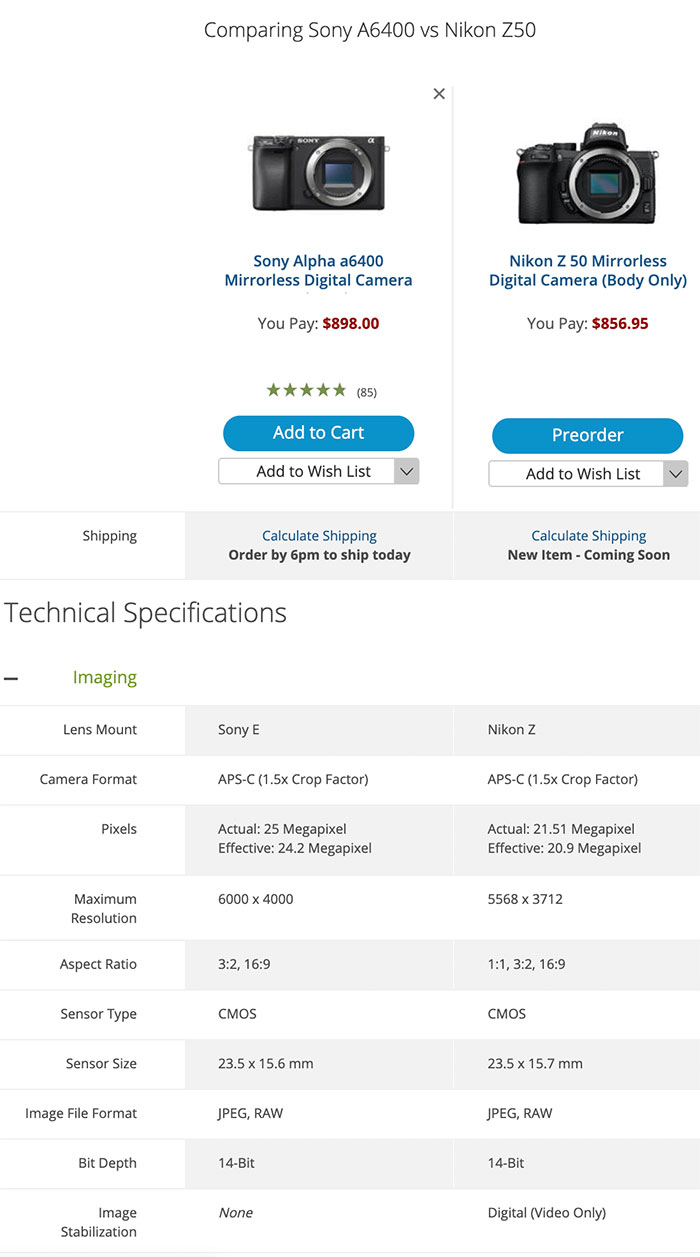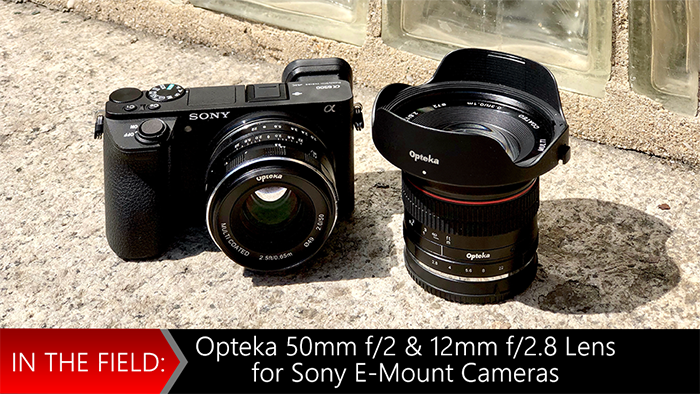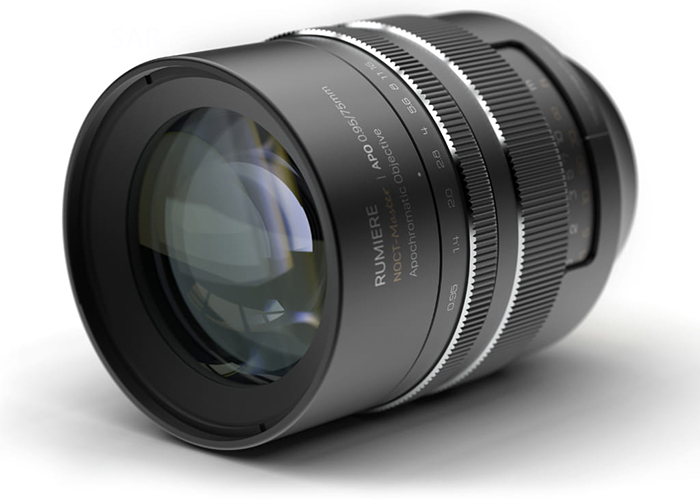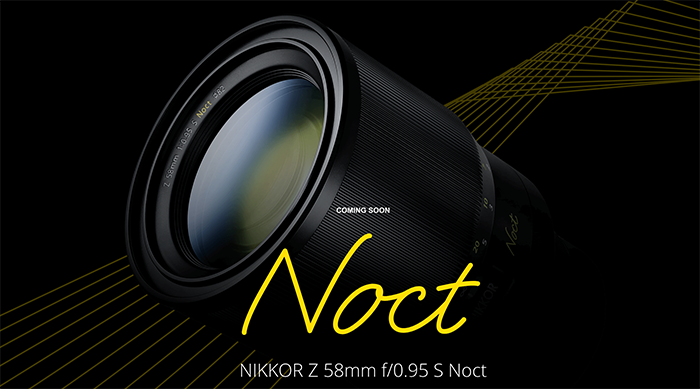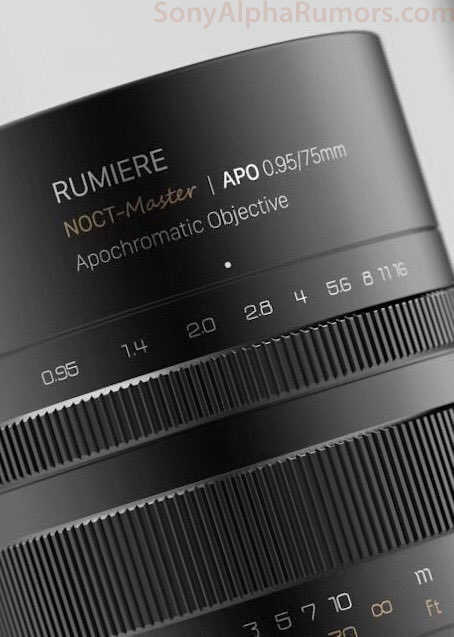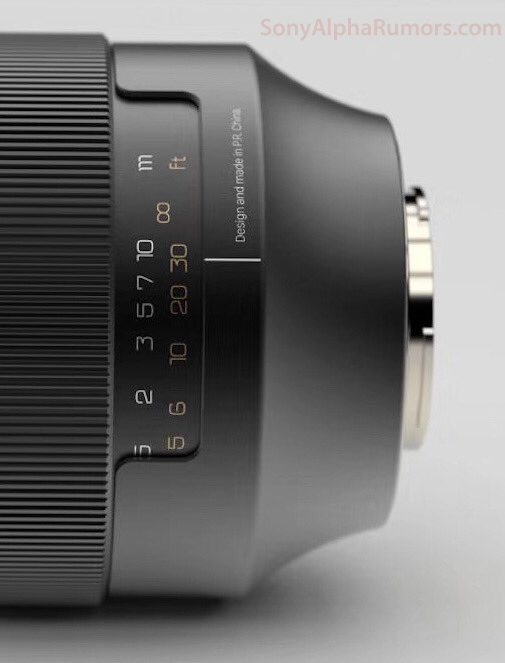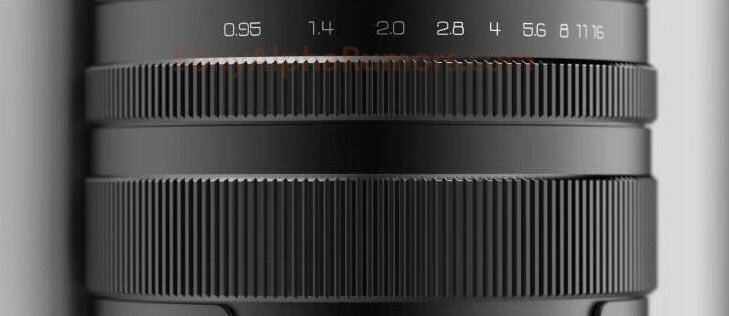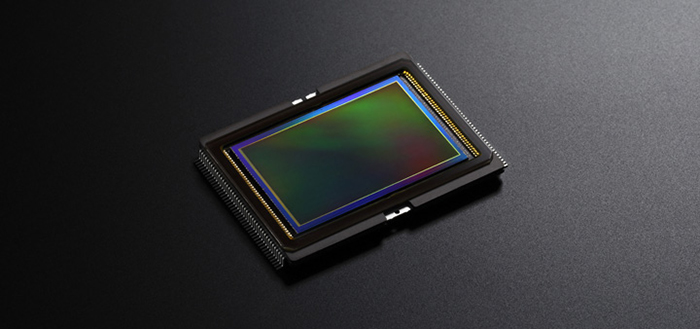
Image Sensor World reports that Sony will present a new 48MP All-pixel PDAF sensor and a new 3-layer Organic sensor at the IEDM 2019:
New 48Mp PDAF sensor:
We created the world’s first all PDAF CMOS image sensor using 2×2 on-chip lens architecture. That had 1/2 inch 48M pixels with 0.8µm Quad Bayer coding for high resolution and HDR function, and all PDAF pixels achieved a minimum AF illuminance level of 1 lux.
New 3 layer Organic sensor:
A three-layer stacked color image sensor was formed using an organic film. The sensor decreases the false color problem as it dose not require demosaicing. Furthermore, with the 2.0-μm pixel image sensor, improved spectral characteristics owing to green adsorption by the organic film above the red/blue photodiode, were successfully demonstrated.
New InGas Sony sensor:
We developed a back-illuminated InGaAs image sensor with 1280 x 1040 pixels at 5-um pitch by using Cu-Cu hybridization connecting different materials, a III-V InGaAs/InP of photodiode array, and a silicon readout integrated circuit (ROIC). A prototype device showed high sensitivity at visible to SWIR wavelengths and low dark current.
SAR’s take:
The one sensor I am particularly interested to see in action is the 3 layer organic film. Sigma is working hard on making a new FF 3 layer sensor camera in 2020. And Panasonic-Fuji are also working on a new organic sensor. On paper Sony seems to making a bit jump ahead by combining both this tech into one sensor
